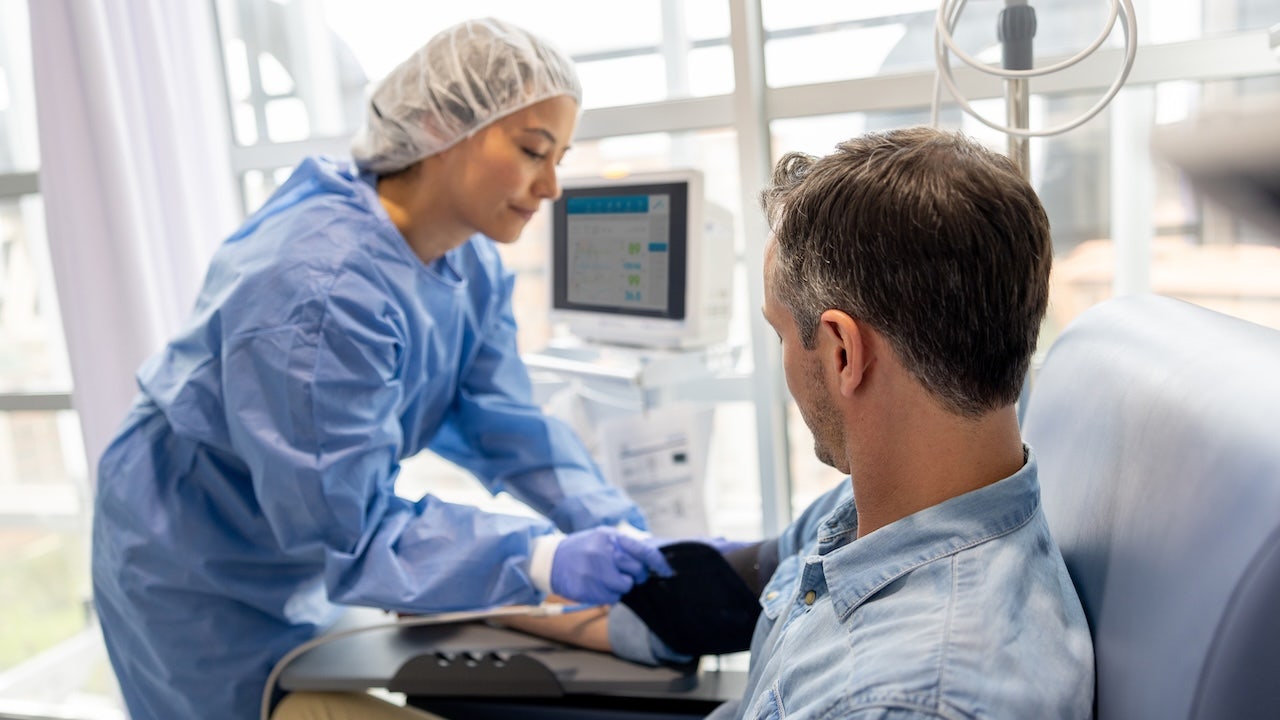Elon Musk’s Neuralink Brain Chip implanted in 2 quadribptegian Canadian patients as part of the clinical test
Two Canadian patients suffering from spinal cord injuries have recently undergone a groundbreaking procedure involving Neuralink brain implants. These implants, developed by Elon Musk and first introduced to the public in 2020, have enabled these patients to control a computer using only their thoughts. This marks the first clinical trial of the Neuralink Brain Chip outside of the United States and is a significant step forward in the field of neurotechnology.
The two patients, both around 30 years old, hail from Ontario and Alberta and have limited or no use of their hands due to their spinal cord injuries. Dr. Andres Lozano, a neurosurgeon at University Health Network, led the surgical team at Toronto Western Hospital in implanting electrodes in the motor area of the patients’ brains. These electrodes utilize neuron signals to translate the patients’ thoughts into actions on an external device, allowing them to control a computer cursor with their minds.
Remarkably, both patients were able to move the cursor almost immediately after the procedure, demonstrating the rapid progress of this innovative technology. Dr. Lozano explained that the signals from the patients’ brains are decoded by artificial intelligence, allowing for seamless control of the cursor through thought alone. This advancement has the potential to revolutionize the way individuals with limited mobility interact with technology.
While Neuralink’s Brain Chip is not the only brain-computer interface device on the market, it has shown great promise in clinical trials. Barry Munro, Chief Development Officer of the Canadian Spinal Research Organization, emphasized the importance of managing expectations regarding this technology. As a quadriplegic himself for 38 years, Munro has dedicated his life to spinal cord research and understands the complexities of such advancements.
Munro cautions against placing too much hope in immediate breakthroughs but encourages a sense of “trained hope” in the potential of these implants. He acknowledges the challenges faced by patients in earlier trials but believes that with time and continued research, these devices could greatly improve the quality of life for individuals with spinal cord injuries or conditions like ALS.
The Canadian patients will be closely monitored for at least a year to evaluate the safety and effectiveness of the Neuralink implants. The clinical research team plans to enroll four additional patients in the trial, further expanding the scope of this cutting-edge technology. As the patients continue to adapt to their new abilities, they will learn to type on a computer without physical contact and even play video games using only their thoughts.
Dr. Lozano envisions a future where these implants could be used for a variety of functions, such as driving a car, controlling a wheelchair, or operating a robot. While the current focus is on basic tasks like cursor control, the potential applications of Neuralink’s Brain Chip are vast and could significantly enhance the independence and quality of life for individuals with disabilities.
In conclusion, the successful implementation of Neuralink brain implants in Canadian patients represents a major milestone in the field of neurotechnology. With ongoing research and clinical trials, these devices have the potential to redefine how individuals with spinal cord injuries interact with the world around them. The future holds endless possibilities for the integration of brain-computer interfaces, offering hope for a more accessible and inclusive society.




